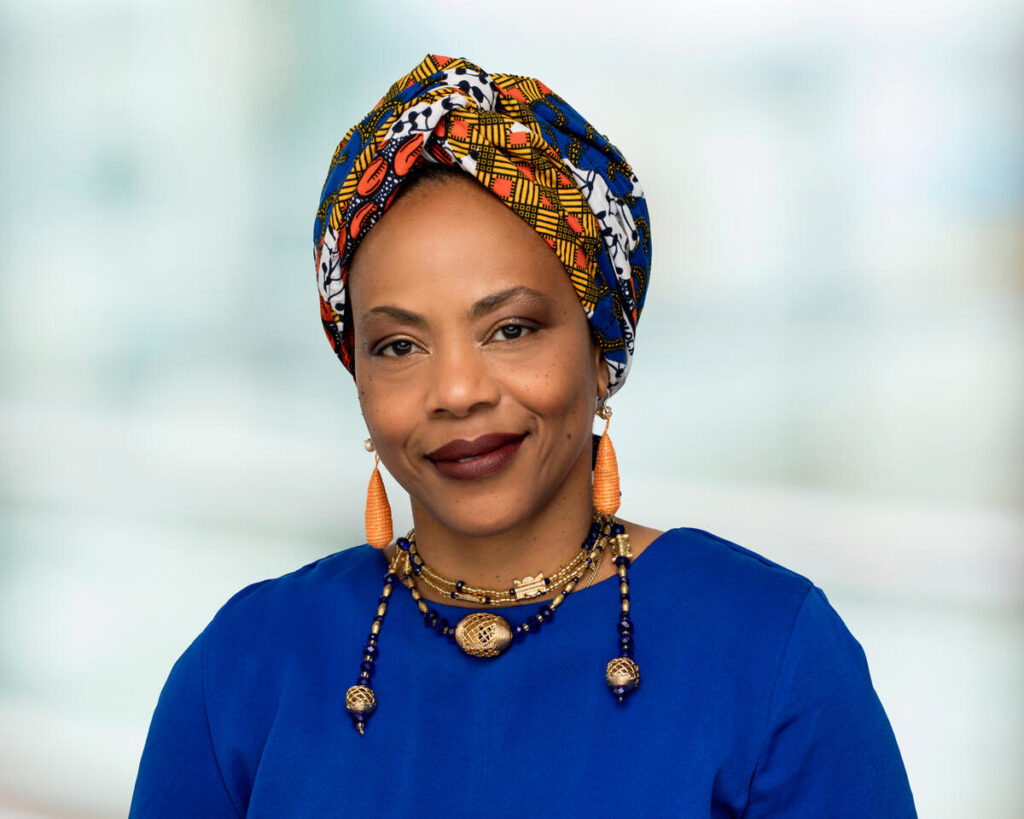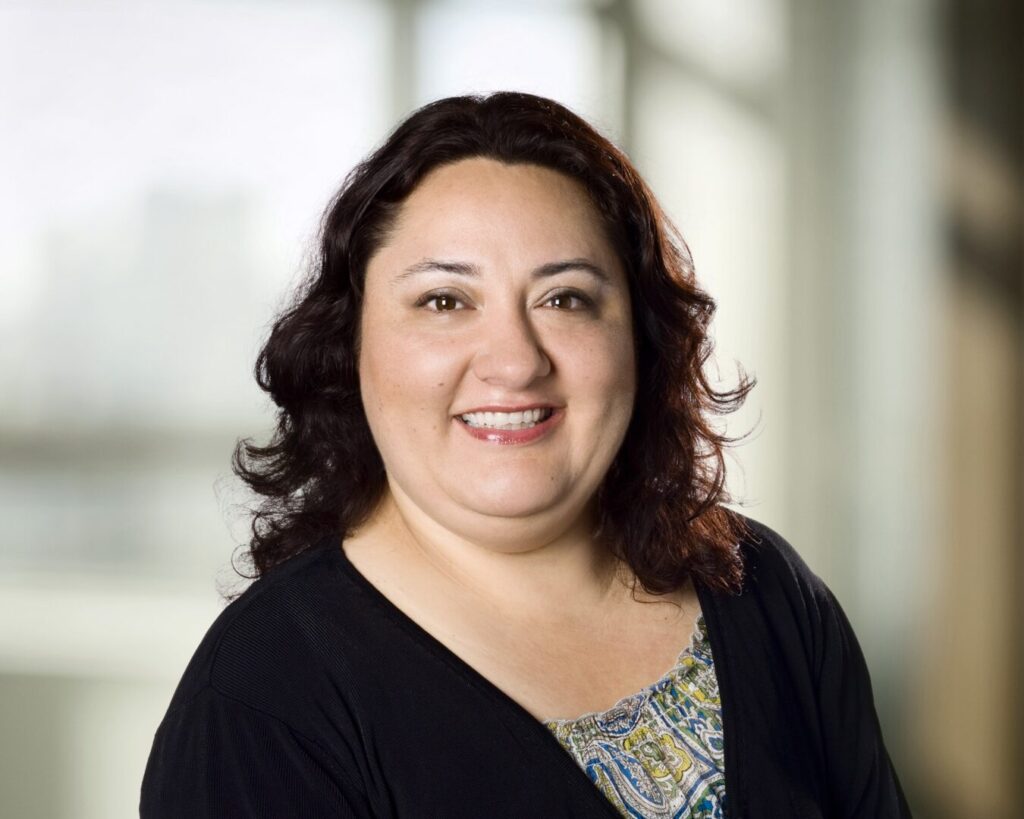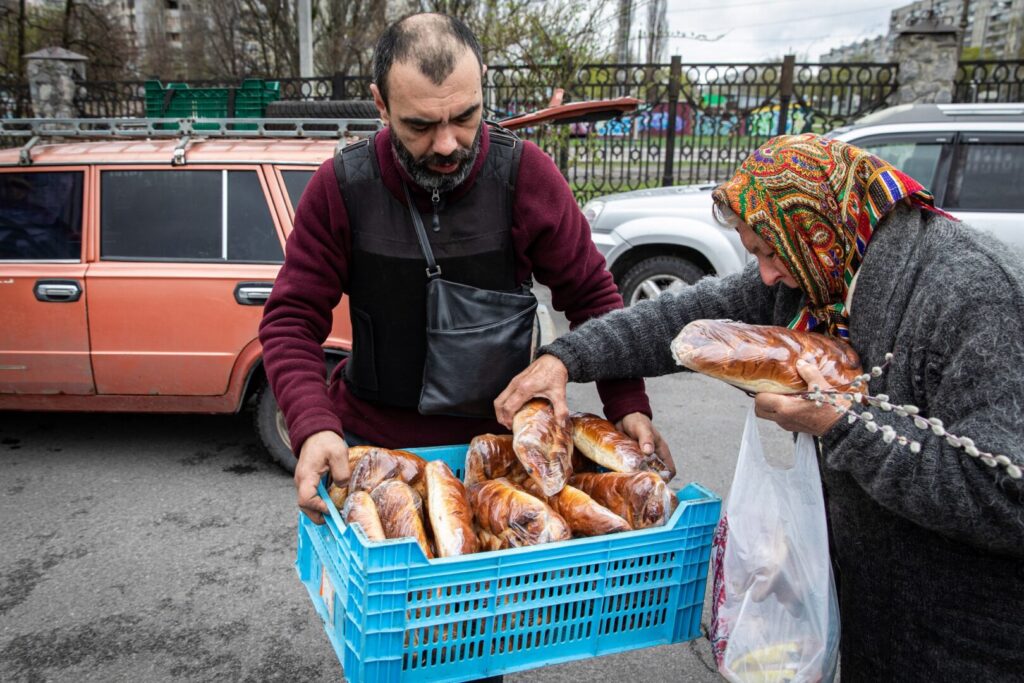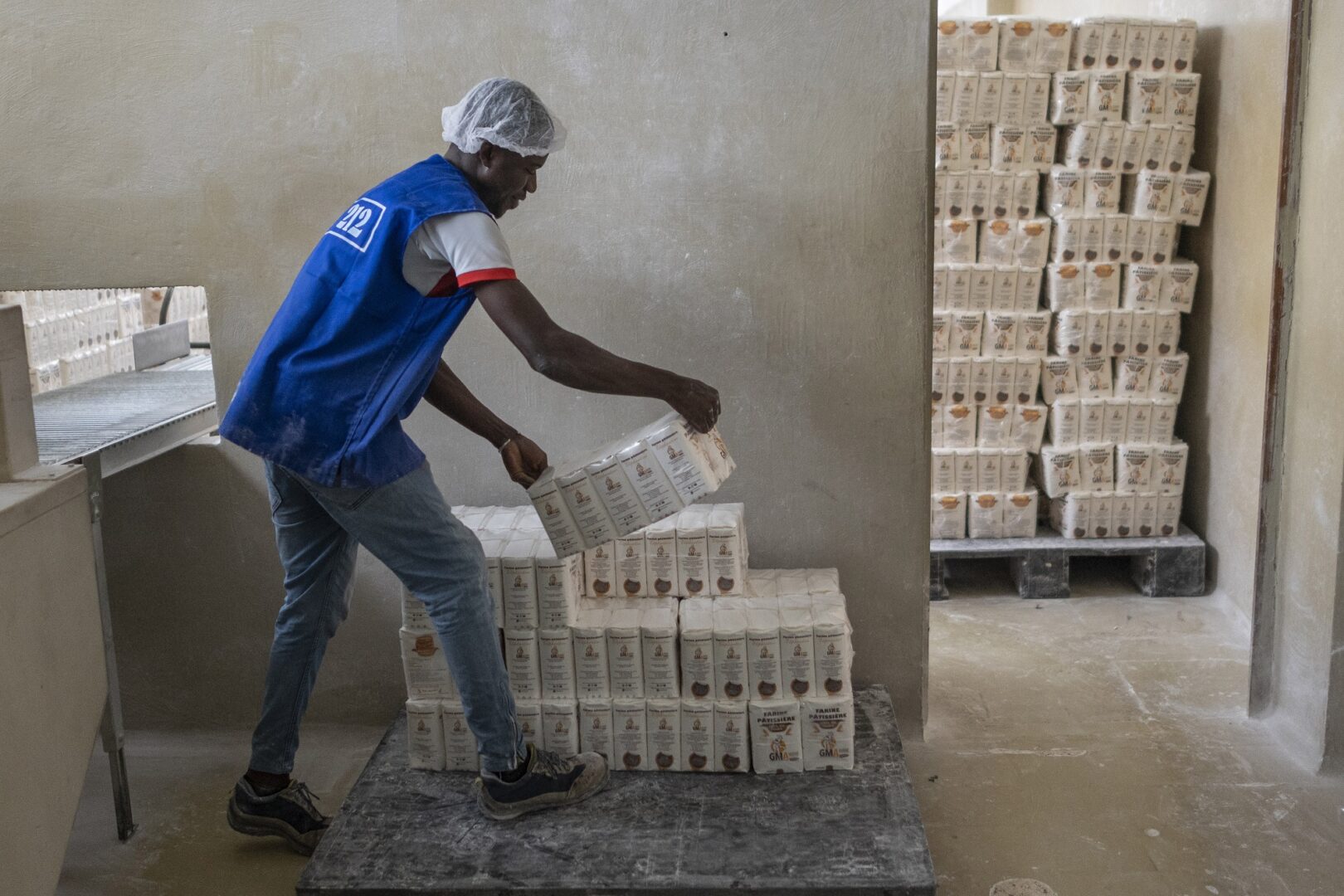In our interconnected 24/7 world, we are never far away from news that surprises (like the space tarantula captured by the James Webb Space Telescope), astounds (like the UK’s most diverse Cabinet in history under new Prime Minister Liz Truss), saddens, and even frightens us.
COVID variants. Afghanistan. Pakistan floods. Monkeypox. The resurgence of polio in the UK and US. Devastating flooding in Pakistan. And an almost unfathomable, ongoing war in Ukraine, where the unending list of repercussions reaches beyond its borders from an energy crisis to the fragility of global food systems.
We know you care about what’s happening in the world, and if you’re like us, these headlines weigh on you, too. But even in moments of darkness, there are bright spots. You can be part of how the world responds.
This month, we share an example of the domino effect of global emergencies—the Ukraine war and food insecurity—through the work of the Bill & Melinda Gates Foundation’s Emergency Response team. We learned how they take action—and how you can, too.
How does the Gates Foundation tackle crises around the world?
In a world of emergencies, where is our support most needed? How do experts in the field approach disasters as they happen?
To find out, we spoke to Valerie Nkamgang Bemo, Deputy Director, and Pilar Pacheco, Senior Program Officer, Global Development, whose work on the Gates Foundation’s Emergency Response team aims to save lives in the wake of disasters and complex emergencies.
This team moves quickly to approve and provide rapid assistance to get much-needed funding to the frontlines of response efforts. While supporting emergencies that grab headlines, they often prioritize those that fly under the radar. They approach the spotlight by looking at the edges, in the shadows, for gaps in support and the many other “quiet” emergencies that deserve greater attention.

What connects the high-profile Ukraine conflict to the long-onset food crisis?
Top of the headlines is Ukraine, a sobering example of how one crisis can exacerbate looming or existing issues elsewhere in the world. It also represents the complex layers that the foundation considers when dispatching support.
The ripples of war are felt at every level, within and far beyond its borders. As the Russia-Ukraine conflict has deepened, we’ve witnessed intense suffering as a direct result of living in war. Sadly, because of both countries’ central role in the global food supply chain, the effects of the crisis are already impacting people in low- and middle-income countries, exacerbating food insecurity and threatening to push millions of people further into poverty.
Yet well before the Ukraine war, the food crisis was already underway. The cost of food and low access to basic nutrition were already reaching record heights due to many factors like the effects of climate change, conflict and mass migration, locust infestations, and of course the COVID-19 pandemic.
Africa in particular has struggled with food security for decades. Today, the Horn of Africa is at a crisis point as it grapples with one of the worst prolonged droughts in decades, with more than 18.4 million people facing acute food insecurity, including those on the brink of starvation. (For more analysis on this topic, check out the foundation’s March Ideas post by colleague Enock Chikava.)
How has the Emergency Response team stepped in to help Ukraine and other pressing emergencies?
For experts like those on the Emergency Response Team, food insecurity in Africa has been a huge concern and focus of investment for years. And in many ways, their support for Ukraine reflects their broader approach of filling gaps, raising awareness, and leveraging new funds for other crises equally in need of support and attention.
To address the impact of the Ukraine-Russia conflict, for example, the foundation funded long-time partner UNHCR to support the influx of refugees leaving Ukraine for safety in neighboring countries. Taking a regional approach ensured that funds were deployed to local humanitarian organizations addressing the most urgent needs of those fleeing, temporarily or not.
Likewise, to respond to the devastating flooding in Pakistan—which has left one-third of the country underwater and over 1,200 people killed, including many children—they are working on a grant to the IRC to provide support to communities impacted on the ground.

What else makes the foundation’s emergency response approach unique?
While many think of emergencies in a reactive sense, the Emergency Response team looks for opportunities to help countries improve the quality of their response and manage risk in the long-term by building capacity for emergency preparedness and spark innovation. “As crisis increases, how do we prepare people to recognize, detect, and respond?” Nkamgang Bemo notes. “How do we balance the immediate needs and high-quality response with long-term preparedness and resilience for the future?”
At the heart of their work are long-term partnerships with local and national institutions—the first responders who are there before and after a crisis and best positioned to respond. Investing in partners with deep local ties means strengthening their capacity to respond to crisis over time—ultimately helping each country build more resilient communities that can withstand the shocks.
“More and more, there’s a strong belief that we need to work more with local and proximal partners in emergency response and preparedness. When we see organizations in Central America or Mozambique learning and working with communities to build resilience, we know we’re making the right bet.”
Pilar Pacheco, Senior Program Officer, Global Development

How can the rest of us take action?
At Gates Philanthropy Partners, we also receive requests of how donors can help. There are many ways to stay grounded and act urgently. We recommend the following resources and opportunities to support and give voice to the most pressing crises.
- For those who want to take action in Pakistan, CNN explains the status of the flooding and its devasting impact. You can support IRC, UNICEF, or UNHCR to respond to needs on the ground.
- For those following the Ukraine humanitarian and refugee crisis, NPR and Global Citizen have information on ways to support, including via UNHCR.
- For those who want to address hunger or invest in resilient global food systems, see World Food Programme, Action Against Hunger, and Ceres2030’s policy solutions to end hunger sustainably.
- The Center for Disaster Philanthropy’s pooled funds provide sustained relief and recovery support for the most urgent emergencies.
As Valerie Nkamgang Bemo reflects, moments of crisis help us realize how fragile we all are and can spur us to action. “The best of the human spirit I’ve seen is in people affected by disaster—those who’ve lost everything but are most human. Who am I not to have hope?”

